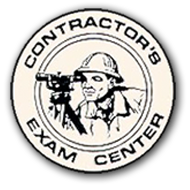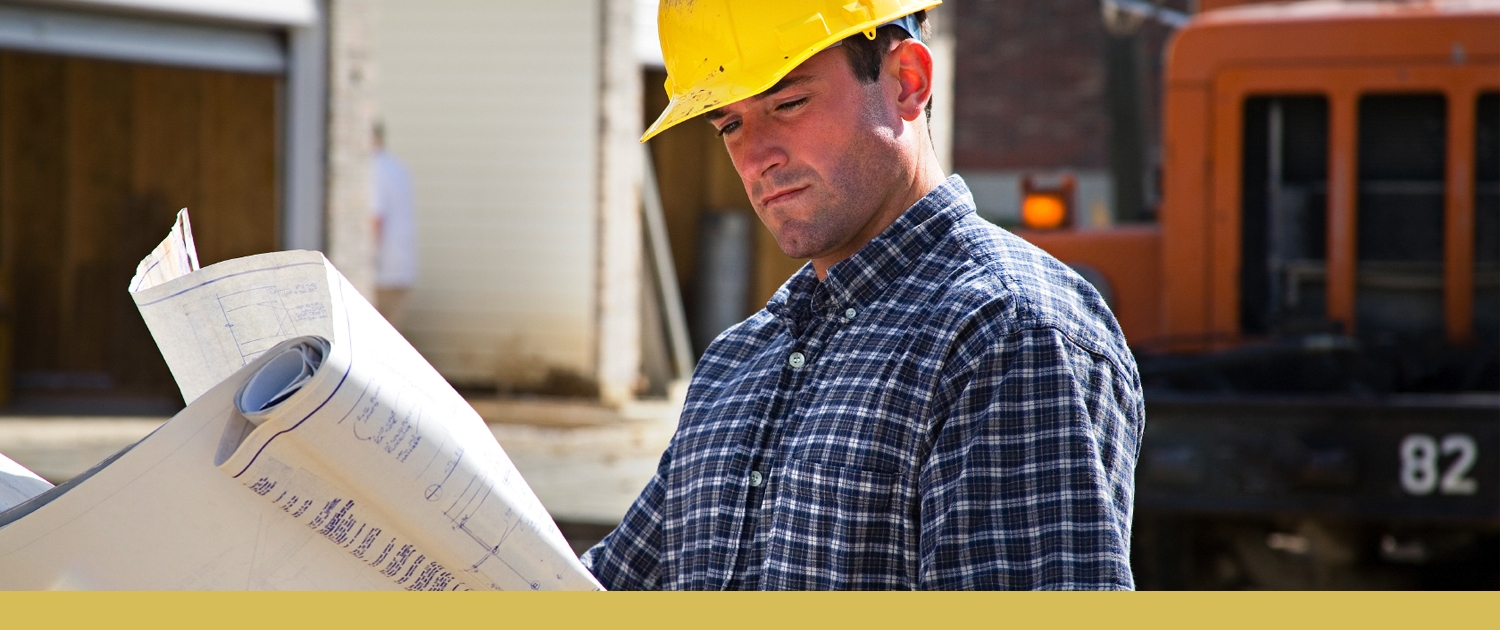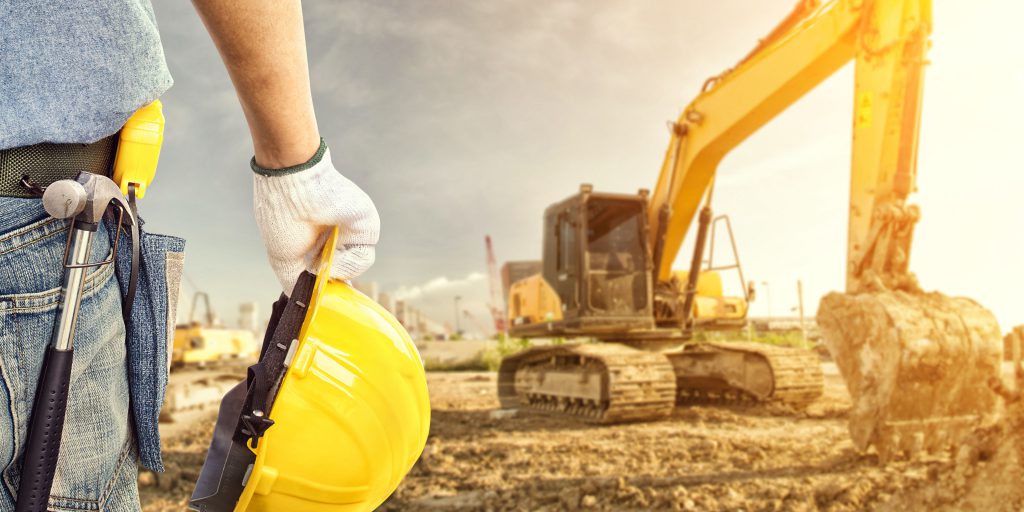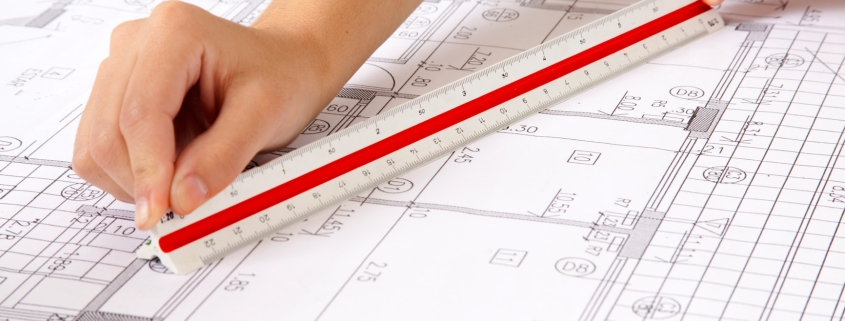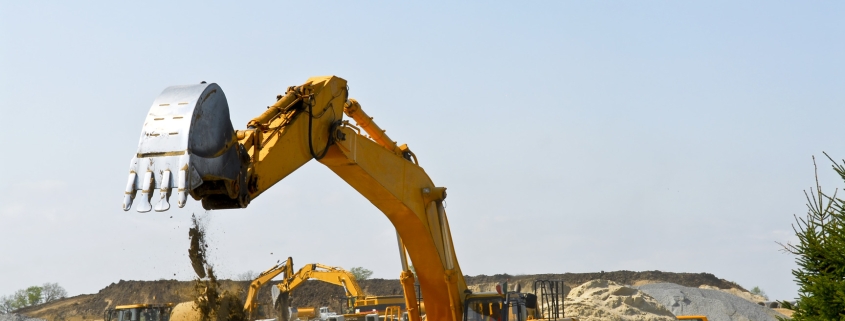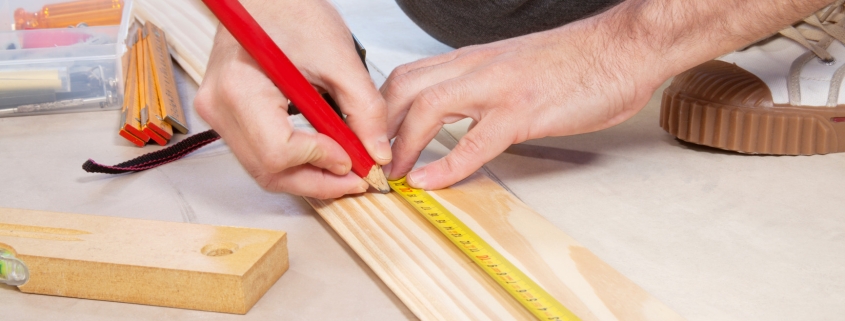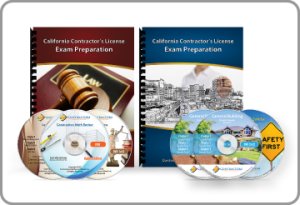How to get a General Contractors License?
Understanding the difference between a general contractor and specialty contractor in California
a contractor license involves the completion of several steps that will allow you to
legally accept and complete contracting work in your state.
The application process for a contractor license includes examinations and supporting paperwork regarding legal
residency, criminal background, and experience in the area of work for which you are
applying for a license.
You must also formally incorporate your contracting company, and purchase any required insurance or bonds in order to practice your trade.
• Take Pride in Being a Licensed Professional
• Valuable Contributions to Your Local Community
• Get Paid for the Work You Do
• You’ve Got Legal Options if Customers Don’t Pay You
• Don’t Have to Look Over Your Shoulder
• No Fear of Getting Caught
• Thousands of Dollars in Civil Penalties
• Possibility of Criminal Charges
• There are No Educational Requirements to Get a License
• You Do Not Have to Go to a License Preparation School
What are the Requirements to get a Contractors License?
Getting Licensed its a great opportunity to grow your business and enjoy many other benefits that being licensed has to offer, like being able to offer your customers peace of mind by being bonded and insured.
Getting a contractor license involves the completion of several steps that will allow you to legally accept and complete contracting work in your state.
Fill out the application and gather required documents. Once you have all the preliminary steps taken care of, you will need to complete the formal application for your contractor’s license.
Is there a Class for Getting a Contractors License?
Our contractors license programs are available in home study format if you prefer to study at home/office at your convenience.
Fast, easy, and affordable. With online practice exams, you can study at your own pace and its available 24/7.
In our live class, you learn from an instructor. It is a convenient way to get prepared for the contractor’s license exam.
Disclaimer
The information obtained during this webcast is not, nor is intended to be legal advice. While this webcast contains general information, including legal guidelines for contractor license applications, it does not contain definitive statements of the law and may not reflect the most current legal developments in the construction industry. Such guidelines communicated or discussed during the webcast are for informational purposes only. If you have questions about the application of the law for specific situations, you should contact an attorney who is familiar with California construction law, or review the latest edition of the CSLB publication, “California Contractors License Law and Reference Book.” You can download it for free on the CSLB website or purchase directly from the publisher.
Get a Free digital copy of the handbook Here
Specialty Contractor Licenses
-
- D-1 – Architectural Porcelain (Now under D-64)
- D-2 – Asbestos Fabrication (Now under C-2)
- D-3 – Awnings
- D-4 – Central Vacuum Systems
- D-5 – Communication Equipment (Converted to C-7)
- D-6 – Concrete Related Services
- D-7 – Conveyors-Cranes (Now under D-21)
- D-8 – Doors and Door Services (Now under D-28)
- D-9 – Drilling, Blasting and Oil Field Work
- D-10 – Elevated Floors
- D-11 – Fencing (Converted to C-13)
- D-12 – Synthetic Products
- D-13 – Fire Extinguisher Systems (Now under C-16)
- D-14 – Floor Covering (Converted to C-15)
- D-15 – Furnaces (Now under “A” or C-20)
- D-16 – Hardware, Locks and Safes
- D-17 – Industrial Insulation (Now under C-2)
- D-18 – Prison and Jail Equipment (Under relevant class)
- D-19 – Land Clearing (Now under C-12 or “A” if license is required)
- D-20 – Lead Burning and Fabrication (Now under D-64)
- D-21 – Machinery and Pumps
- D-22 – Marble (Now under C-29)
- D-23 – Medical Gas Systems (Now under C-36)
- D24 – Metal Products
- D-25 – Mirrors and Fixed Glass (Now under C-17)
- D-26 – Mobile Home Installation and Repairs (Converted to C-47)
- D-27 – Movable Partitions (Now under D-34)
- D-28 – Doors, Gates and Activating Devices
- D-29 – Paperhanging
- D-30 – Pile Driving and Pressure Foundation Jacking
- D-31 – Pole Installation and Maintenance
- D-32 – Power Nailing and Fastening (Now under D-64)
- D-33 – Precast Concrete Stairs (Now under C-29)
- D-34 – Prefabricated Equipment
- D-35 – Pool and Spa Maintenance
- D-36 – Rigging and Rig Building (Now under “A”)
- D-37 – Safes and Vaults (Now under D-16)
- D-38 – Sand and Water Blasting
- D-39 – Scaffolding
- D-40 – Service Station Equipment and Maintenance
- D-41 – Siding and Decking
- D-42 – Non-Electrical Sign Installation
- D-42 – Non-Electrical Sign Installation
- D-43 – Soil Grouting (Now under C-32, C-12 or “A”)
- D-44 – Sprinklers (Now under D-12)
- D-45 – Staff and Stone (Now under C-29)
- D-46 – Steeple Jack Work (under relevant class)
- D-47 – Tennis Court Surfacing (Now under C-12 or “A”)
- D-48 – Theater and School Equipment (Now under D-34)
- D-49 – Tree Service (Converted to C-49)
- D-50 – Suspended Ceilings
- D-51 – Waterproofing and Weatherproofing (under relevant class)
- D-52 – Window Coverings
- D-53 – Wood Tanks
- D-54 – Rockscaping (Now under C-15 or C-27)
- D-55 – Blasting (Now under C-12 or “A”)
- D-56 – Trenching Only
- D-57 – Propane Gas Plants (Now under “A”)
- D-58 – Residential Floating Docks (Now under “A”)
- D-59 – Hydroseed Spraying
- D-60 – Striping (Now under C-32)
- D-61 – Gold Leaf Gilding (Now under D-64)
- D-62 – Air and Water Balancing
- D-63 – Construction Clean-up
- D-64 – Non-specialized
- D-65 – Weatherization and Energy Conservation
Thanks for the valuable information!
I got all information I needed to start my journey, Today i got my Contractors License!
